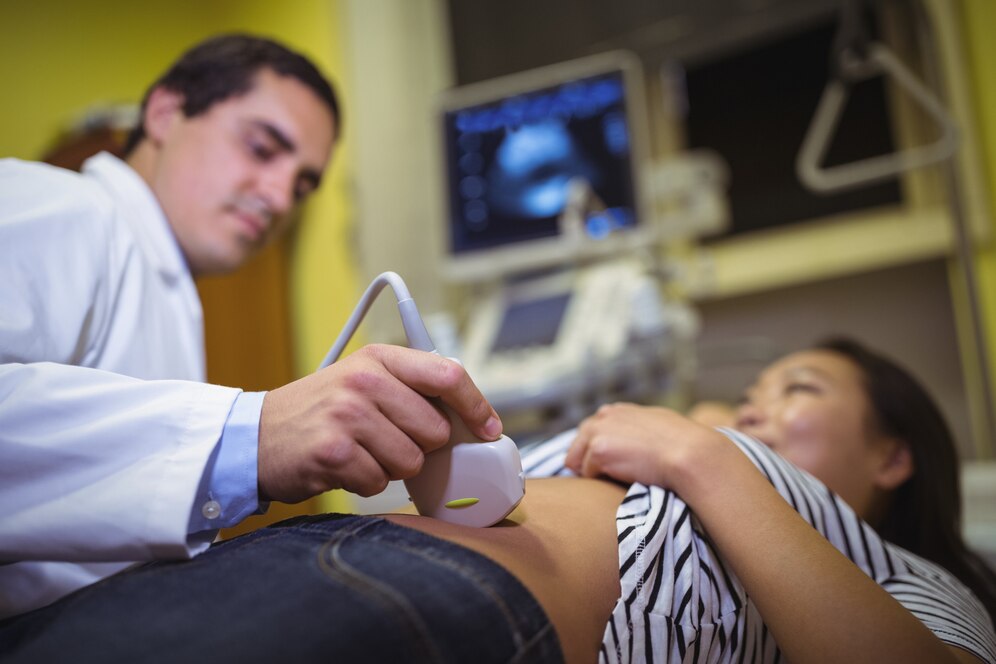Introduction
When it comes to fertility treatments like IVF (In Vitro Fertilization), understanding the different surgical options available is crucial. Laparoscopy and open surgery are two common procedures used in IVF treatments. In this blog, we’ll delve into the comparison between laparoscopy and open surgery, exploring their differences, benefits, and considerations for IVF patients.

Overview of Laparoscopy
Laparoscopy, also known as minimally invasive surgery, involves making small incisions in the abdomen through which a thin, flexible tube with a camera attached (laparoscope) is inserted. This allows the surgeon to view the internal organs and perform procedures with specialized instruments. Laparoscopy is commonly used in IVF to diagnose and treat conditions such as endometriosis, ovarian cysts, and tubal blockages.
Overview of Open Surgery
Open surgery, on the other hand, involves making a larger incision in the abdomen or pelvic area to directly access the organs. Unlike laparoscopy, open surgery provides the surgeon with a wider field of view and allows for more extensive procedures. However, it typically requires a longer recovery time and may result in more postoperative pain and scarring.
Comparative Analysis
Now, let’s compare laparoscopy and open surgery across various factors important for IVF patients:
1. Surgical Procedure
Laparoscopy: Involves making small incisions and using specialized instruments and a camera for visualization.
Open Surgery: Requires a larger incision to directly access the organs and perform the procedure.
2. Recovery Time
Laparoscopy: Generally has a shorter recovery time compared to open surgery due to smaller incisions and less tissue trauma.
Open Surgery: Often requires a longer recovery period due to the larger incision and more extensive tissue disruption.
3. Postoperative Pain
Laparoscopy: Patients may experience less postoperative pain compared to open surgery due to smaller incisions and reduced tissue trauma.
Open Surgery: Patients may experience more postoperative pain, which may require stronger pain medications during the recovery period.
4. Scarring
Laparoscopy: Results in smaller, less noticeable scars due to the smaller incisions.
Open Surgery: Can result in larger, more noticeable scars due to the larger incision.
5. Risk of Complications
Laparoscopy: Generally associated with a lower risk of complications such as infection, bleeding, and hernia formation.
Open Surgery: May have a higher risk of complications due to the larger incision and greater tissue trauma.
6. Fertility Outcomes
Laparoscopy: Can improve fertility outcomes by treating underlying conditions such as endometriosis or tubal blockages.
Open Surgery: May also improve fertility outcomes but may involve a longer recovery period and potentially more postoperative complications.
Considerations for IVF Patients
Individualized Approach: The choice between laparoscopy and open surgery should be based on the specific needs and circumstances of the IVF patient.
Consultation with a Specialist: IVF patients should consult with their fertility specialist to determine the most appropriate surgical approach based on their diagnosis and treatment goals.
Potential Benefits and Risks: Understanding the potential benefits and risks of both laparoscopy and open surgery is essential for making an informed decision.
Conclusion
In conclusion, both laparoscopy and open surgery are valuable surgical options for IVF patients, each with its own set of benefits and considerations. While laparoscopy offers advantages such as shorter recovery time, less postoperative pain, and smaller scars, open surgery may be necessary for more extensive procedures. Ultimately, the choice between laparoscopy and open surgery should be made in consultation with a fertility specialist, taking into account the individual needs and preferences of the patient.
Interesting Fact
Did you know that laparoscopy was first performed in the early 20th century, but it wasn’t until the 1980s that it became widely used in surgical procedures, including those related to fertility treatments like IVF? Today, laparoscopy is considered a standard and preferred approach for many gynecological surgeries, including those performed in conjunction with IVF.

